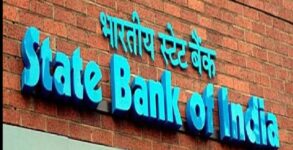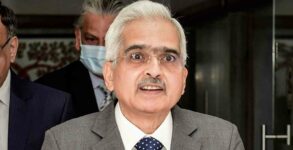The Reserve Bank is likely to leave the key interest rates unchanged at its fourth bi-monthly policy review, given the fast rising risks to growth from external sources and comforting developments on the inflation front, according to HDFC Bank Chief Economist Abheek Barua.
The RBI’s rate-setting panel MPC started its three-day deliberations on Wednesday. The central bank will announce the fourth bimonthly monetary policy review on Friday amid inflation remaining above its target for two months in row.
Since cutting the repo rate by 40 bps to 4 per cent and the reverse repo to 3.35 per cent on May 22, 2020 amid the first wave of the pandemic, the central bank has left the policy rates unchanged in the past eight reviews since then. In a note, Barua said the RBI is expected to retain its accommodative stance without any increase in the reverse repo rate, currently the effective policy rate. However, he sees the RBI reducing the quantum of bond repurchase under the GSAP programme in Q3, with the provision to revise it upwards when required.
Barua has cited a slew of reasons for his status quo call, such as the rising global risks, particularly from China, the Fed taper and apprehensions about the US debt ceiling not getting raised. These would have supply side effects for industrial intermediates and fuel, as well as demand side manifestations as global growth is likely to slow down, he warned. Of more concern is that the US bond yields have already risen sharply with a knock-on effect on domestic yields. Barua feels that when the the US taper gets underway, there could be an outflow of capital, affecting domestic liquidity, which is in excess now. Also, on the growth front, domestic output gap still remains high and capacity utilisation in majority of industries is only below 75 per cent.
Household and SME balance sheets are still impaired and are best repaired under low interest/high liquidity conditions, he noted. Thus, the balance of risks calls for holding action and continuation of the accommodative stance, Barua added. He also feels the RBI will retain its GDP forecast at 9.5 per cent, revising down inflation forecast from 5.3 per cent for the year from 5.9 per cent for Q2 and Q3 due to falling food prices. He expects inflation averaging at 5.1 per cent in Q2 and 4.8 per cent in Q3 and at 5.35 per cent for the full year to March.

















